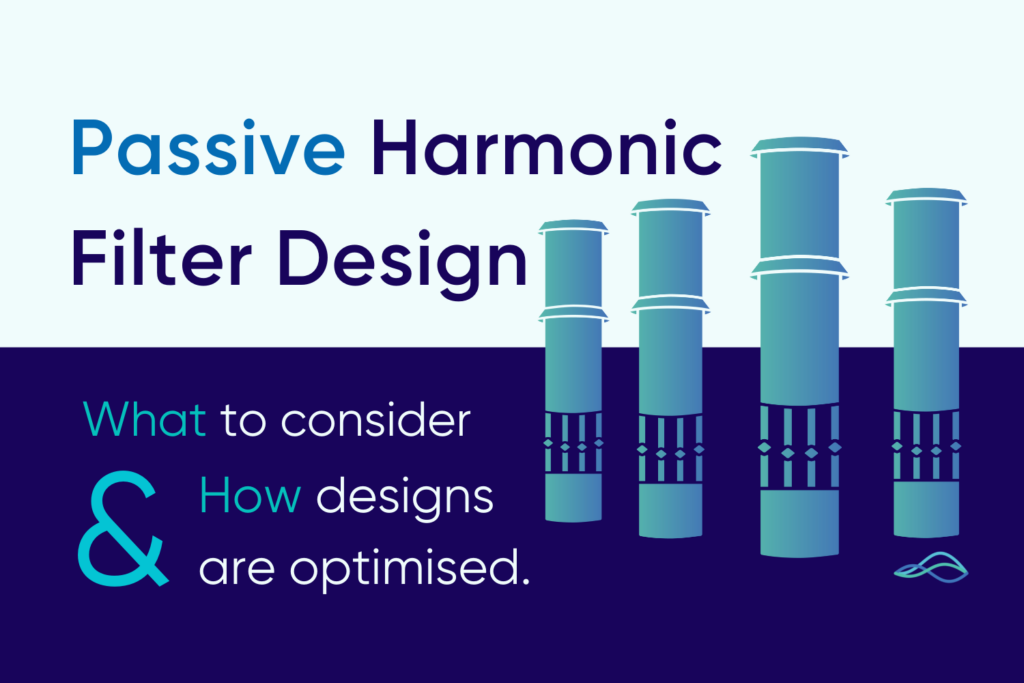New Users who are connected to the grid must meet the harmonic requirements specified by the Grid Code. In cases where harmonic emissions are not compliant, the installation of harmonic mitigation is required. Passive harmonic filters have traditionally been one of the most applicable & practical solutions to mitigate harmonic distortions. The most common passive filter types can be summarised as De-tuned, Single tuned, Second-order and C-type filters.
A passive harmonic filter, which consists of capacitors, reactors and resistors, typically provides an alternative impedance path for harmonic currents and dampen the harmonic impedance profile. Based on the specific system impedance profile, new users’ harmonic emissions and background voltage distortion, the filters must be custom designed for each site. Designs without consideration of the above-identified criteria possibly result in poor filter performance and over/ underrated filter designs.
Here we explore a specific case study from a UK smelting plant in which we undertook a harmonic filter design and supply project. We discuss all of the necessary considerations and work through to a final design. The improvements on the harmonic spectrum are then presented to show how a correctly designed filter can ensure G5/5 compliance.
Read the full paper here – Passive Harmonic Filter Design
Find out more on our harmonic filters and capabilities here – Harmonic Filters



